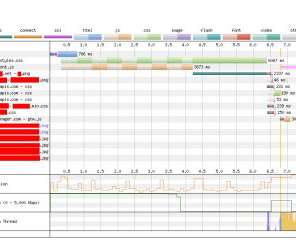Improving The Performance Of An Online Store (Case Study)
Smashing Magazine
JUNE 2, 2021
Every front-end developer is chasing the same holy grail of performance: green scores in Google Page Speed. Real-life performance for your users and how the website “feels” when you’re using it should not be discounted, even if it costs you a point or two in Page Speed (otherwise, we would all just have a search bar and unstyled text).












Let's personalize your content